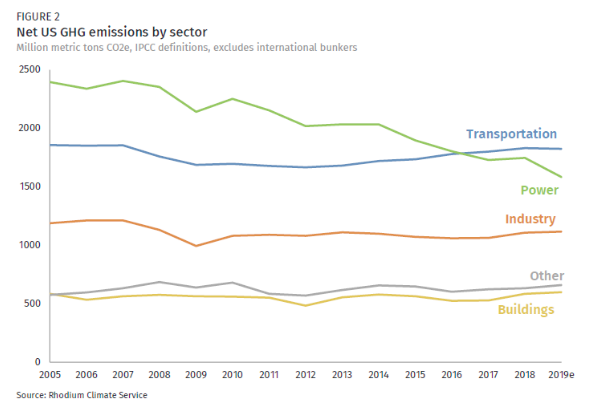What City Observatory did this week
Remembering Dr. King. We were reminded of Dr. Martin Luther King’s speech about the pronounced tendency in public policy to prescribe socialism for the rich and rugged, free market capitalism for the poor. Much has changed in the half century since that remark, but sadly, it’s still the case that many federal policies subsidize the rich while providing little for the poor. For example, the federal government provides nearly a quarter of a trillion dollars in subsidies for housing each year through the tax code, but the bulk of it goes to high income households. Similarly, despite the pretense that roads pay for themselves, the federal government has pumped nearly $140 billion out of the general fund to provide welfare for road users. The dream is still yet to be realized.
Must read
1. Brookings Institution’s Jenny Schuetz has a gentle corrective on who or what is to blame for housing affordability. Too often, the debate about housing costs is a search for villains to blame. Senator Bernie Sanders recently singled out corrupt developers causing gentrification. In a commentary, “Who’s to blame for high housing costs? It’s more complicated than you think.” Schuetz contrasts two different theories about housing affordability. The first theory is the YIMBY analysis that constraints (like zoning limits and parking requirements) that make it hard to build more housing in high demand cities drive up housing costs and create displacement. The opposing view is expressed in Sanders view pinning the blame on some combination of greedy landlords and developers.
To come up with her answer to this debate, Schuetz diagrams all the players in what she describes as the “housing development ecosystem” and focuses on the critical role that the regulatory process plays in influencing development decisions. Development is inherently uncertain and risky, and regulations that prolong the development process, and inject uncertainty as to its outcome tend inherently to drive up costs and reduce investment. Schuetz diplomatically concludes that “It’s complicated,” which is true, but also sounds a lot like the policy wonks version of the Southern expression, “Bless his heart.”
2. Bloomberg’s Noah Smith: “The Rent Crisis won’t go away without more housing.” It’s fair to say that job growth, especially in city centers, is a key factor in housing demand. Activists in San Francisco have made the connection between new office construction and housing demand, and have put forward a ballot measure that would restrict office construction in order to reduce demand for housing, and thereby decrease the pressure on rents. Noah Smith points out that while that may work in a narrow sense, it undercuts the economic value that comes from concentrating activity in cities, and is a diversion from the more sensible approach, increasing housing supply. He writes:
The quickest solution is widespread upzoning. Oregon and the city of Minneapolis have recently banned single-family zoning, allowing duplexes and other forms of moderately dense housing everywhere. . . . If measures like these become common nationwide, the country’s suffering renters will finally get a break and the economy will get a boost.
3. Greenhouse gas emissions: Coals is fading, which is good news, but progress elsewhere is insufficient. It will be a while before the US government comes up with its official estimates of greenhouse gases for the year just ended, but the Rhodium Group has its preliminary estimates of the nation’s carbon footprint for 2019. The good news: overall carbon emissions dropped about 2 percent–chiefly due to a decline in coal burning to produce electricity. Outside of that bright spot, the news isn’t so good. Transportation is now the largest single source of greenhouse gases, and were basically flat over the past year.
 A much faster decline in greenhouse gas emissions is needed to meet globally agreed upon targets, as Rhodium concludes:
A much faster decline in greenhouse gas emissions is needed to meet globally agreed upon targets, as Rhodium concludes:
If our preliminary emissions estimates prove correct, hitting the Copenhagen Accord’s 17% target exactly will require a 5.3% reduction in net GHG emissions this year—a bigger annual drop than the US has experienced during the post-war period, with the exception of 2009 due to the Great Recession.
In the News
Oregon Public Broadcasting quoted City Observatory director Joe Cortright on the problems facing the proposed $800 million I-5 Rose Quarter Freeway widening project. “Planned I-5 Freeway Widening Project in Portland Keeps Taking Hits.”

